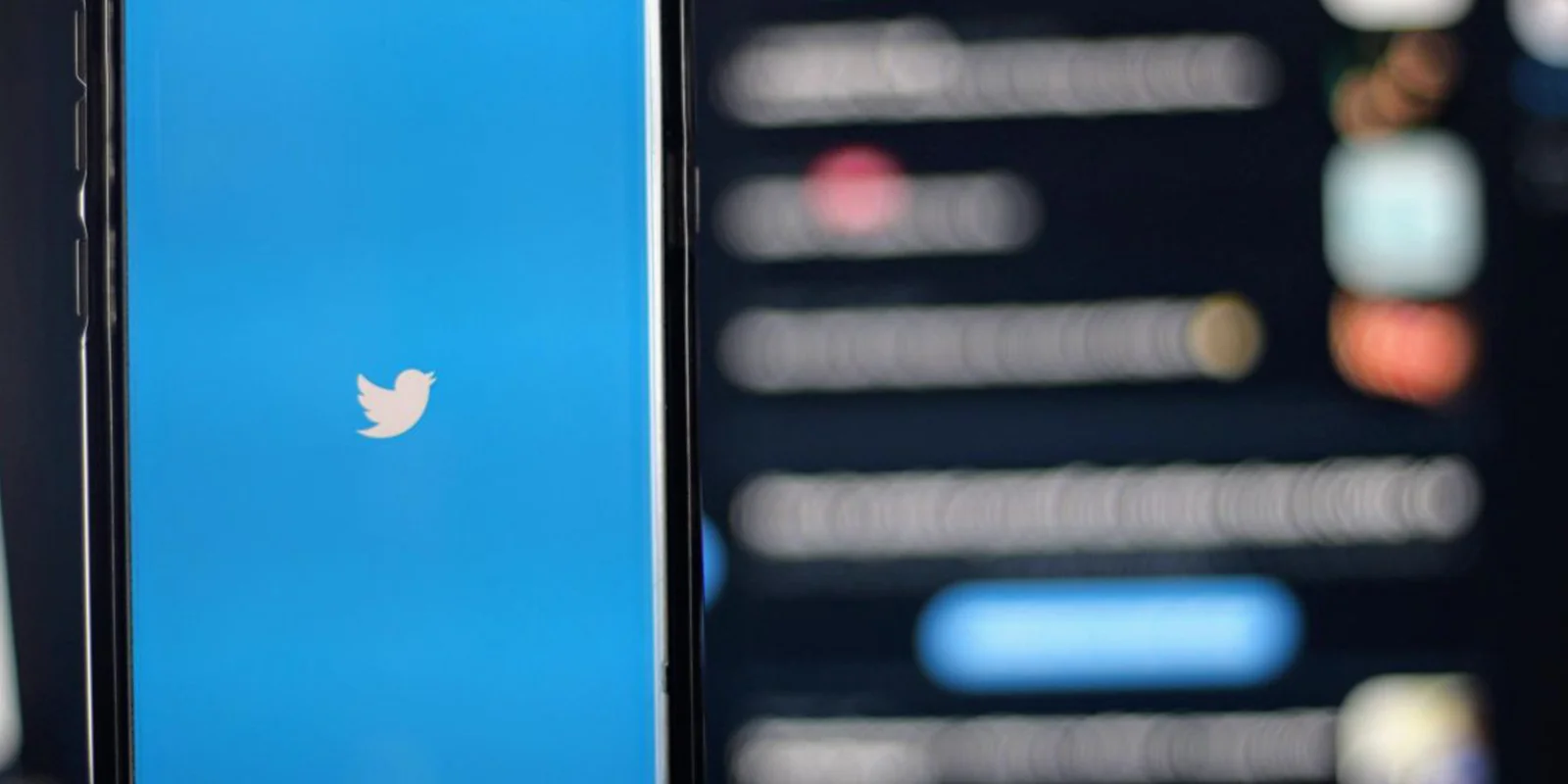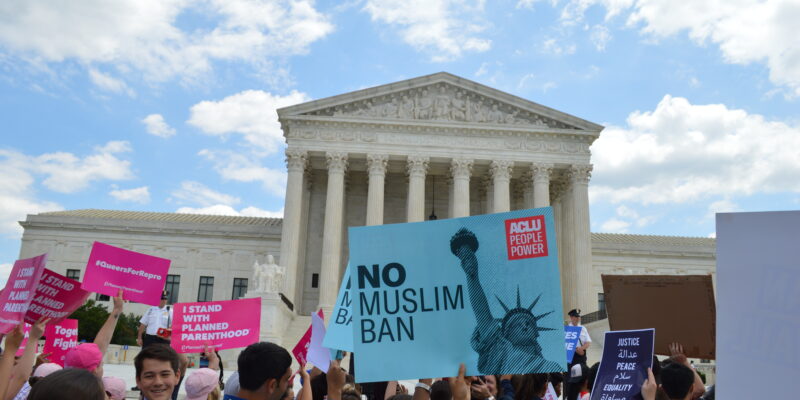
Is Your Social Media Plan Ready for a Crisis?
When preparing your organization’s rapid response plan, don’t forget about social media. There are a few steps you can take in advance to help align your organization’s response and save critical time when news breaks you need to respond to.
Do you have Twitter lists for key state and local journalists and a system/plan for monitoring their coverage?
Twitter is the single best way to interact with reporters in real time and help shape their coverage of breaking events. Make sure you have a Twitter list of the reporters you want to reach. Be sure to engage the conversation and don’t just lurk. Provide links to resources and refer them to sources.
(The Fix from The Washington Post developed a great Twitter list you should check out.)
Do you have Twitter lists for key state and national journalists and a system/plan for monitoring their coverage?
If your scenario is purely local, then the Twitter engagement described above will suffice, but if your situation is a potential national story, then you’ll need to engage the journalists that drive the national conversation. Just as above, be sure to actively engage the conversation and position yourself as a potential source.
(See ReThink’s Twitter lists and subscribe to monitor them.)
Do you have preliminary Twitter hashtags to coordinate your social media message?
It can take a lot of time and diplomacy to get groups in your state or region to agree on a basic hashtag to drive your Twitter engagement, but a unified hashtag can make all the difference when it comes to breaking through the noise and trending. When groups all adopt their own, they are divided against themselves with regard to reaching the public. Take the time, well in advance, to work out agreed-upon hashtags with your allies.
Are you prepared to align your social media—pausing scheduled posts and making sure your accounts are on-message and link to any resources and media engagement?
Sometimes groups have pre-planned or scheduled posts. Be sure that these are not tonally in conflict with the breaking news. Equally important, make sure that someone is monitoring your organization’s social media accounts and reporting any feedback, emerging trends, etc., so that your spokespeople are aware of what’s going on in that feedback loop.
Do you have plans to capture and publicize video, as needed, of any polling irregularities?
In a world of Facebook Live and other livestreaming platforms, your organization is potentially positioned to report on the news in real time. Changed polling places, long lines, voter intimidation tactics, and direct voter commentaries all lend themselves to video that you can potentially amplify via Twitter, and from there, bootstrap into national stories.
What are other ways your organization is getting ready to respond to breaking news? Let us know @rethink_media.



